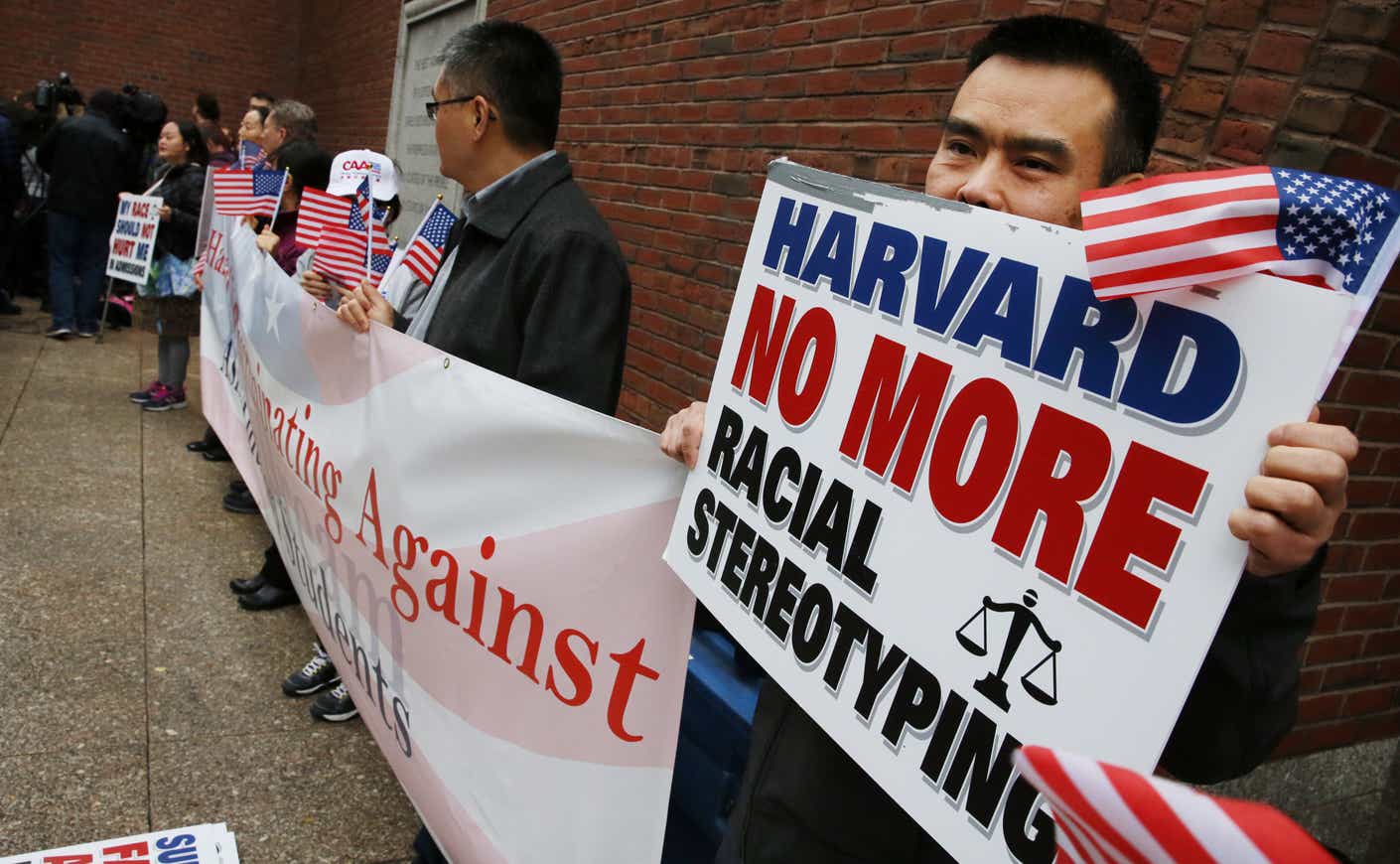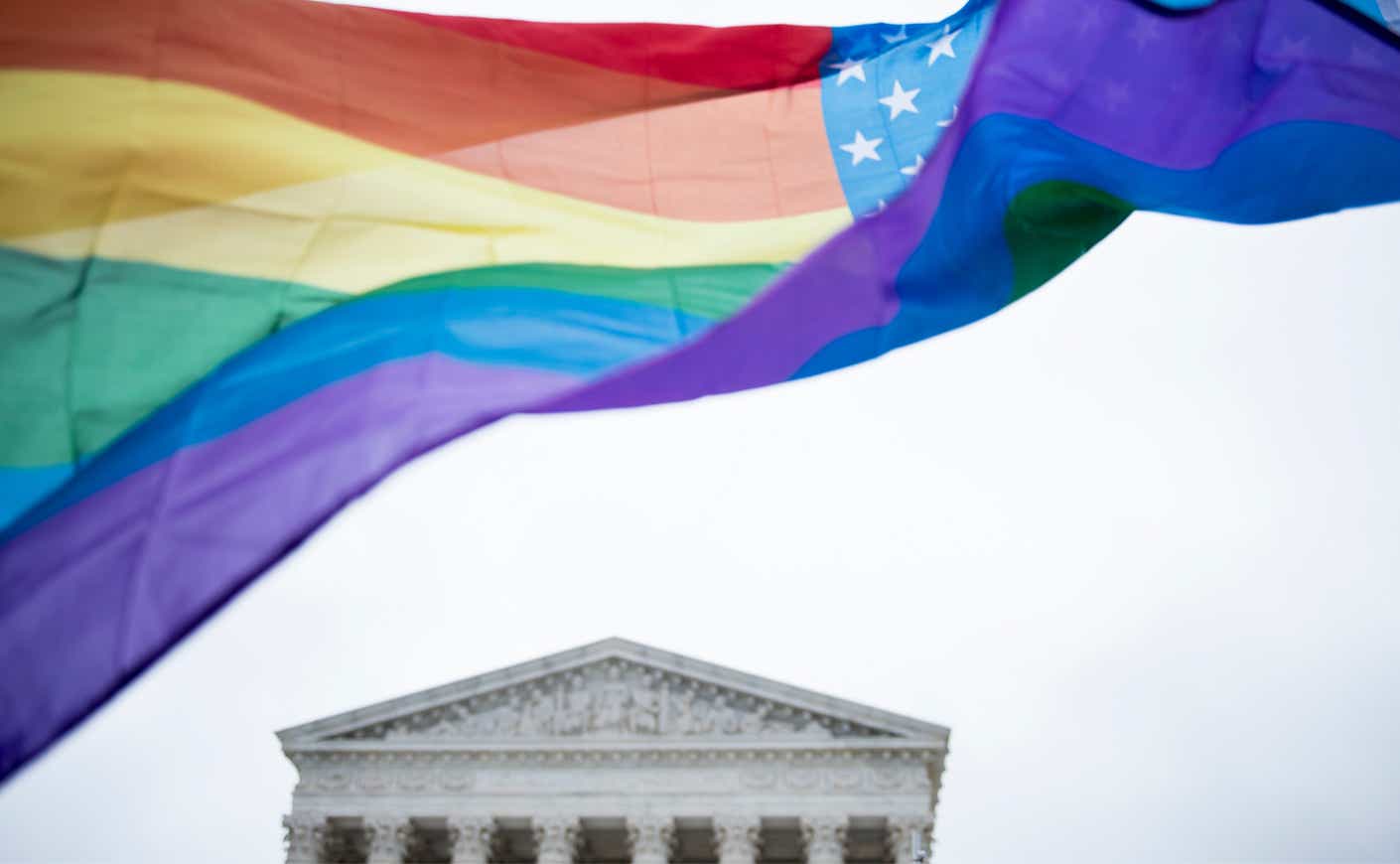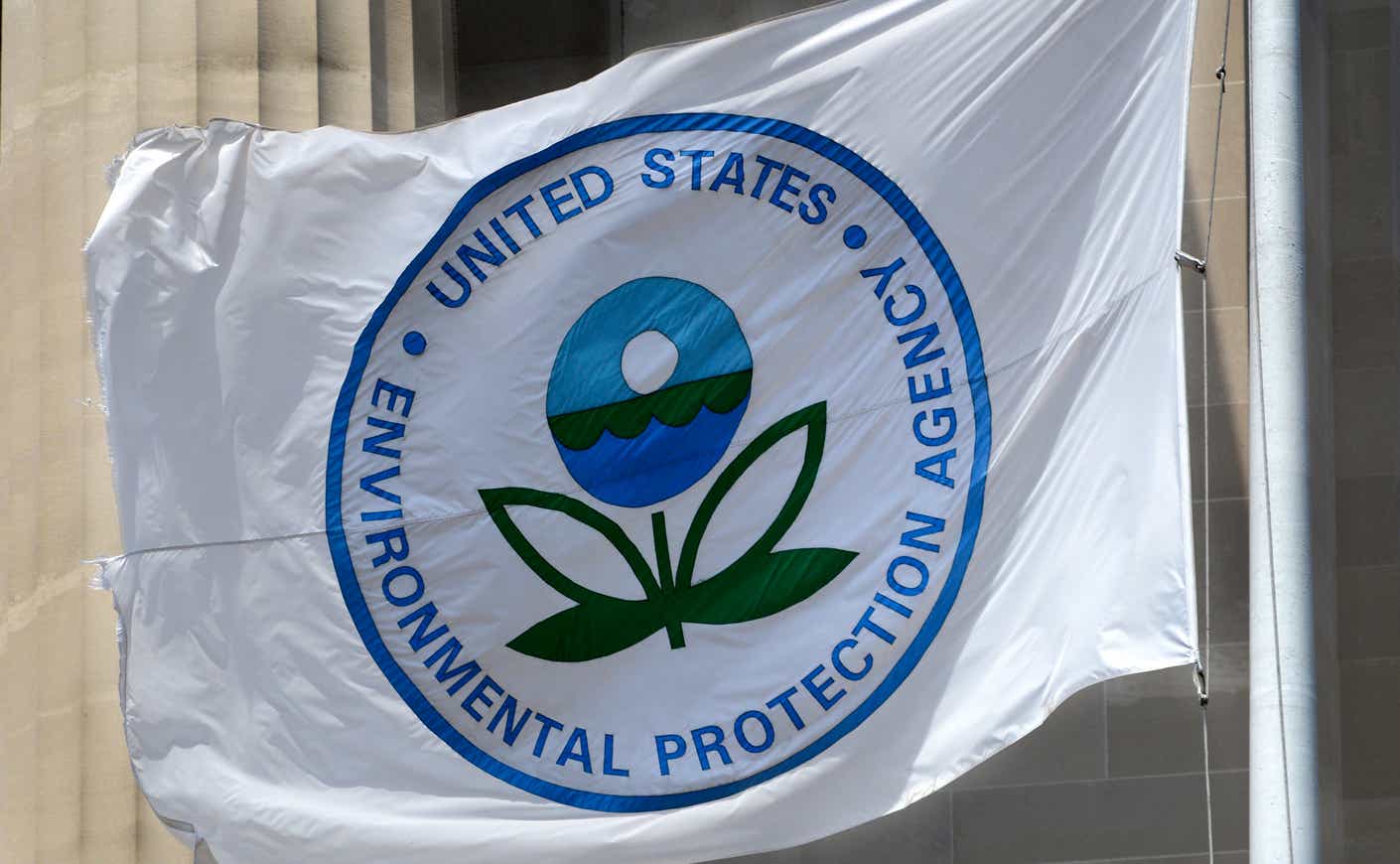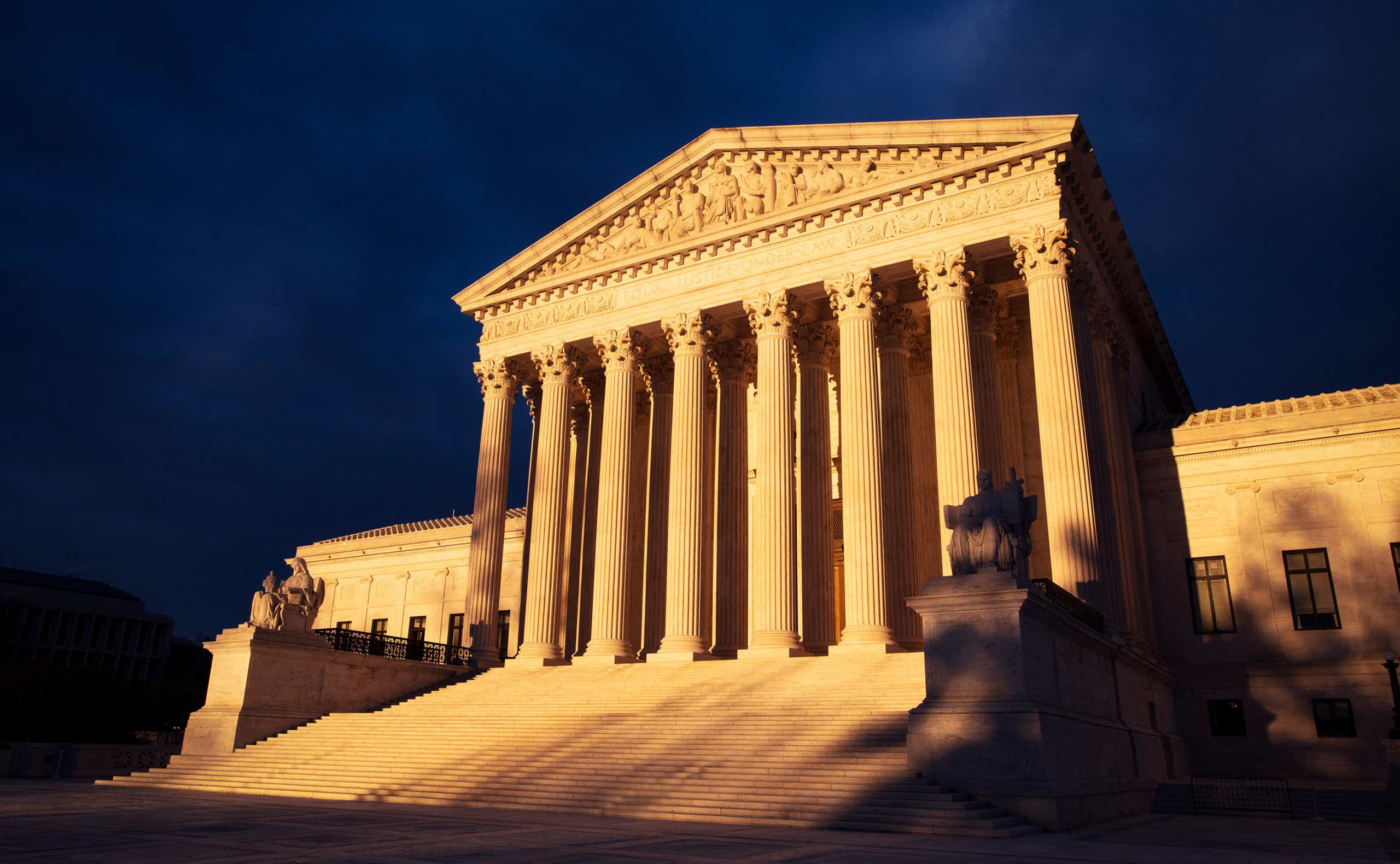In its last term, the Supreme Court reshaped some fundamental aspects of American life. It recast our standard for reproductive rights, shifted our concept of the separation of church and state, and chipped away at the power states have to regulate firearms.
Believe it or not, some legal analysts think the stakes may be even higher this term. This week, the Supreme Court will decide some big cases, ones that have the potential to shape the future of affirmative action, election law, and more. Here’s a look at the major cases left on the docket — and the decisions they’ve already handed down this year.
Major cases the Supreme Court will rule on this week
Students for Fair Admissions v. President and Fellows of Harvard College
and Students for Fair Admissions v. University of North Carolina

The cases:
Two cases were heard last October that challenged the use of affirmative action in higher education.
In the first case, Students for Fair Admissions v. President and Fellows of Harvard College, Harvard is being sued for allegedly discriminating against Asian American applicants. The plaintiffs argue that Asian American students are far less likely to gain admission to school than their similarly qualified Black, white, and Latino peers. And that the university’s policy of factoring in race when evaluating applicants violates Title VI of the Civil Rights Act, which bans racial discrimination in organizations that get federal funding.
In Students for Fair Admissions v. University of North Carolina, UNC is also being sued for violating Title VI as well as the Equal Protection Clause of the 14th Amendment, which applies to public schools. Plaintiffs in that case say UNC has discriminated against both white and Asian applicants because of its policy of admitting students considered underrepresented minorities.
The big picture:
If the Supreme Court were to rule against Harvard or UNC, it could mean the end of affirmative action in higher education. To accomplish this, the court would have to overturn decades of precedent (which, considering it overruled Roe, doesn’t seem to pose much of an obstacle).
Affirmative action was upheld in the 1978 landmark case, Regents of the University of California v. Bakke, and has been affirmed time and time again, including in 2003 in Grutter v. Bollinger. In that case, the court ruled colleges could consider race in their admissions decisions because creating a racially diverse student body enriches the academic experience and better prepares students to participate in the workforce and society.
303 Creative v. Elenis

The case:
Lorie Smith, the owner of a graphic design business in Colorado, wants to expand into creating wedding websites — but only for straight couples. Smith says she opposes gay marriage on religious grounds and wants to make that clear by posting a note about her beliefs on her website. Colorado’s Anti-Discrimination Act bans businesses open to the public from discriminating based on sexual orientation — or announcing the intent to do so. Smith has challenged the law in federal court, arguing that it violates her First Amendment rights.
The big picture:
If this case sounds awfully familiar, it’s because just four years ago a very similar dispute was heard in the high court. That case (Masterpiece Cakeshop v. Colorado Civil Rights Commission) centered on a Colorado baker who refused to create a wedding cake for a gay couple. The baker prevailed, but the court handed down a narrow ruling and side-stepped the issue of whether or not the plaintiff’s right to freedom of speech was violated. (The bakery argued that its cakes were works of art that should be protected under the First Amendment.)
In 303 Creative, however, the case will come before a much more conservative court, one which may choose to tackle the First Amendment issue head-on. A sweeping decision could unwind discrimination laws in states across the U.S.
Biden v. Nebraska and U.S. Department of Education v. Brown
The cases:
Two suits are challenging President Biden’s student loan forgiveness program, which would wipe out $10,000 or more in debt for millions of borrowers. The White House approved the plan under the HEROES Act, which allowed the Education Department to waive certain regulations related to student loans during a national emergency, like a war or pandemic. But the plaintiffs, which include six Republican-led states, say it’s executive overreach.
The big picture:
Some 26 million Americans have applied for forgiveness. According to the U.S. Census, 29 percent of those applicants would become debt-free under the program, which Biden promised to voters during his last campaign.
How the courts have ruled this term so far
Moore v. Harper
The case:
One of the most high-profile cases considered this term was Moore v. Harper. Republican lawmakers in North Carolina challenged a ruling by the state’s Supreme Court, which struck down the legislature’s heavily gerrymandered congressional map. Those politicians asserted that the court doesn’t have the authority to act on the issue, and have based their argument on a controversial legal theory called the “independent state legislature doctrine.”
The theory is an interpretation of the Constitution’s Elections Clause, which reads: “The times, places, and manner of holding elections for senators and representatives shall be prescribed in each state by the legislature thereof.”
Advocates of the independent state legislature doctrine insist that grants a state’s legislature, and that entity alone, the exclusive power to regulate elections, allowing them to flout their own state constitutions without being checked by the courts and rendering governors powerless to veto.
If the Justices had endorsed this doctrine, legal scholars said it could have thrown our upcoming elections into chaos. It would have given lawmakers free rein to creatively carve up voting districts in ways that could potentially disenfranchise large swaths of the country and would provide a clear path for legislators to subvert the results of the next presidential race, NPR reports.
“It is really a grave danger to American democracy to say that state legislatures are free from state constitutions to do whatever they want,” Vikram Amar, dean of the University of Illinois College of Law, told NPR.
The ruling:
In a 6-3 ruling, the court rejected the independent state legislature doctrine. Writing the majority opinion, Chief Justice John Roberts said the Constitution “does not exempt state legislatures from the ordinary constraints imposed by state law.” Justices Clarence Thomas, Samuel Alito, and Neil Gorsuch dissented.
Allen v. Milligan
The case:
On Oct. 4, the high court heard Allen v. Milligan (formerly Merrill v. Milligan), another high-stakes redistricting case. At the center of the dispute was Alabama’s proposed congressional map. The plan sliced up the state into seven districts. Only one of those sectors had a Black majority, although the state as a whole is 27 percent Black. A federal district court ordered the state to create a second majority Black congressional district, finding that the plan violated Section 2 of the Voting Rights Act. Section 2 bans local governments from limiting voting rights based on race — and also prohibits a practice known as “vote dilution.” (The practice refers to intentionally dispersing or lumping together minority groups to minimize their political power.)
Voting rights advocates were deeply concerned that the court could deal yet another blow to the Voting Rights Act, a landmark piece of federal legislation enacted at the height of the civil rights movement.
“If this comes to pass, it will be almost impossible to prove that a state has gerrymandered its electoral districts to disempower minority voters, or for a court to order that its map be redrawn,” wrote the author Linda Greenhouse, who teaches at Yale Law School.
The ruling:
The court threw a curveball earlier this month, stunning most law experts who had expected the Justices to gut Section 2. In a 5-4 decision (where Roberts and Justice Brett Kavanaugh sided with their liberal peers), the court ruled that race can play a role in redistricting.
Sackett v. EPA

The case:
A long-running dispute between the Environmental Protection Agency and an Idaho couple was considered this term. The Sacketts had fought to build a home on their wetlands property for years, but were barred by the EPA, which said that it violates the Clean Water Act and the couple would need to obtain a federal permit.
Passed in 1972, the Clean Water Act bans a wide range of pollutants from being dumped into the “waters of the United States.” At the center of Sackett v. EPA was how that term (“waters of the U.S.”) should be interpreted. The Court attempted to define it in a 2006 case called Rapanos v. United States, but the Justices couldn’t reach a majority decision. Justice Antonin Scalia proposed a narrow interpretation that would exclude certain wetlands, and the Sacketts have argued that his definition should be adopted.
The ruling:
In May, the Court handed down a 5-4 decision against the EPA, which environmental law experts fear will prevent the agency from protecting millions of acres of wetlands. “This is a really disastrous outcome for wetlands, which have become absolutely vital for biodiversity preservation and flood control,” Patrick Parenteau, a professor at Vermont Law School, tells the NYT.
Haaland v. Brackeen
The case:
A 1978 law called the Indian Child Welfare Act (ICWA) sat at the center of Haaland v. Brackeen. The law prioritizes placing Native American children removed from their parents with extended family members or other Native families. Before the ICWA was passed, hundreds of thousands of Native children were taken from their homes and cut off from their culture — a practice that activists have argued amounted to cultural genocide. By the 1970s, a significant portion of Native children were being adopted by white families, a trend that was viewed by some as an extension of this forced assimilation.
White families who have tried to adopt Native children, along with Texas, Louisiana, and Indiana, challenged the law. They argued that it’s racially discriminatory and keeps Native children from being placed in the best care.
The Cherokee, Navajo, and other tribes have argued that the law is about tribal membership, which they say is a political classification, not a racial one. That rationale underpins many laws related to tribal sovereignty. If the Supreme Court rejected this, those laws could be challenged, too, on the grounds that they’re also discriminatory. Advocates had also said that if the ICWA were to fall, it would be a major blow to tribal political autonomy, TIME reports.
The ruling:
The court ruled 7-2 (with Justices Alito and Thomas dissenting) to keep the ICWA intact. In a concurring opinion, Gorsuch wrote that the policy was enacted to “secure the right of Indian parents to raise their families as they please; the right of Indian children to grow in their culture; and the right of Indian communities to resist fading into the twilight of history.”
The ruling also “goes a long way toward restoring the original balance between federal, state, and tribal powers the Constitution envisioned.”
United States v. Texas
The case:
In 2021, the Department of Homeland Security issued a memo ordering authorities to target only those undocumented immigrants who pose a threat to national security or public safety. The agency said it doesn’t have the “resources to apprehend and seek the removal” of the more than 11 million undocumented people in the U.S. The policy change was also an attempt to roll back the aggressive approach to immigration arrests used by the Trump Administration.
Texas and Louisiana sued, saying the new guidelines violated immigration law. A federal district court agreed, blocking use of the policy in the U.S., pushing the Biden Administration to appeal the decision to the Supreme Court.
The ruling:
The Supreme Court ruled in favor of the Biden administration, in an 8-1 decision, with only Justice Samuel Alito dissenting. The court found that Texas and Louisiana lacked standing to bring the suit.









